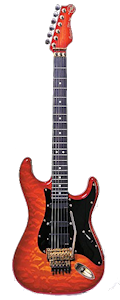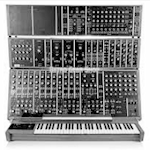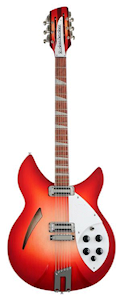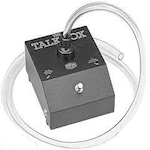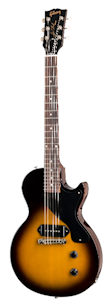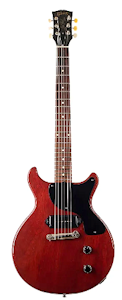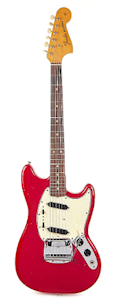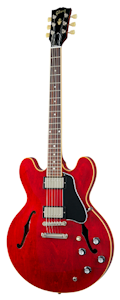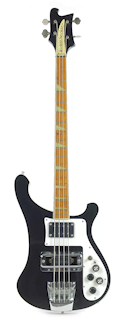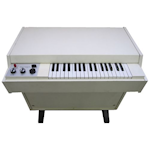The Les Paul Junior is an electric guitar model that was introduced by Gibson in 1954 as a more affordable option for players who wanted the distinctive Les Paul sound and style without the additional features and costs of other Les Paul models. The Les Paul Junior became one of the most popular and recognizable guitars of the 1950s and has remained a classic instrument in the decades since.
The original Les Paul Junior (1954-1958) featured a single-cutaway mahogany body and neck, with a 22-fret rosewood fingerboard. It was a simple, no-frills design with a single P-90 pickup, a single volume and tone control, and a wraparound bridge/tailpiece. In 1958, it was redesigned with a double-cutaway body style.
The initial run of the model lasted through 1963. Gibson would reissue the single-cut version in 1986, followed by the double-cut in 1988. The Junior-- primarily the single-cut version-- would subsequently be dropped and reissued on and off over the next several decades.
A more recent phenomenon has been the release of signature models, including those for Billy Joe of Green Day (2018), Lukas Nelson (2020), and Blackberry Smoke frontman Charlie Starr (2024).
The P-90 pickup is known for its distinctive and powerful sound. The simplicity of the guitar's design belies its ability to produce a variety of sounds, especially through a high-gain amplifier. Even when played through an overdriven amp, its sound "cleans up" well when the volume control is rolled back slightly. Coupled with a variation in picking attack, the Les Paul Junior can be a formidable and versatile weapon in the arsenal of blues, pop and rock players.
The Les Paul Junior has been used by many notable guitarists over the years, including John Lennon, Mick Jones of The Clash, Billy Joe Armstrong of Green Day, Leslie West of Mountain, and Charlie Starr of Blackberry Smoke. Martin Barre of Jethro Tull recorded the entire Aqualung album with a 1957 Les Paul Junior, including the extended guitar solo of the title track.
The LP Junior remains popular with musicians who value simplicity and a classic rock and roll sound.
Explore Gibson musical instruments on Amazon...
